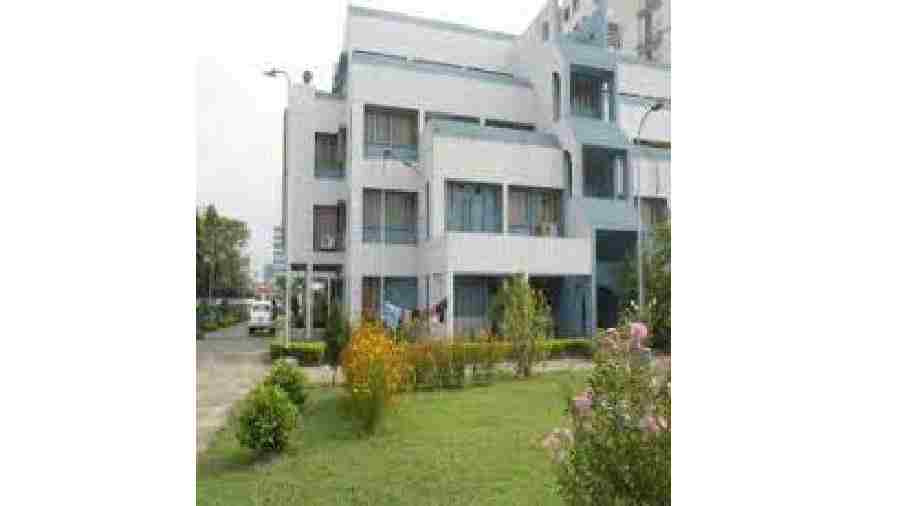The Positional Astronomy Centre, located in the city, was inaugurated on this day. Jawahar Lal Nehru, the first Prime Minister of India, had felt the need to develop a unified national calendar on the basis of accurate astronomical data, in the interest of national integrity.
A calendar reform committee was formed in 1952 under Council of Scientific and Industrial Research (CSIR) with scientist Meghnad Saha as chairperson and N.C. Lahiri as member secretary.
The committee had formulated the National Calendar of India (using Saka Era) and had recommended other work: the preparation of the Rashtriya Panchang, using the solar calendar system for civil purposes, and lunar-solar calendar system for religious purposes, by a special unit attached to a scientific department of the Centre. So the remaining work of the calendar reform committee, the Rashtriya Panchang and also the preparation of Indian Ephemeris and Nautical Almanac were taken up by a unit attached to the India meteorological department from December, 1, 1955. The unit functioned under the control of the Regional Meteorological Centre, Kolkata, as ‘Nautical Almanac Unit’.
The first issue of The Indian Ephemeris and Nautical Almanac was published in March, 1957. The first issue of Rashtriya Panchang was started from 1879 Saka Era (1957- 58).
In the 1970s, it was decided that the unit would be set up as Positional Astronomy Centre under the direct control of the director-general of meteorology, New Delhi. The formal inauguration of the centre took place on April 26, 1980.
